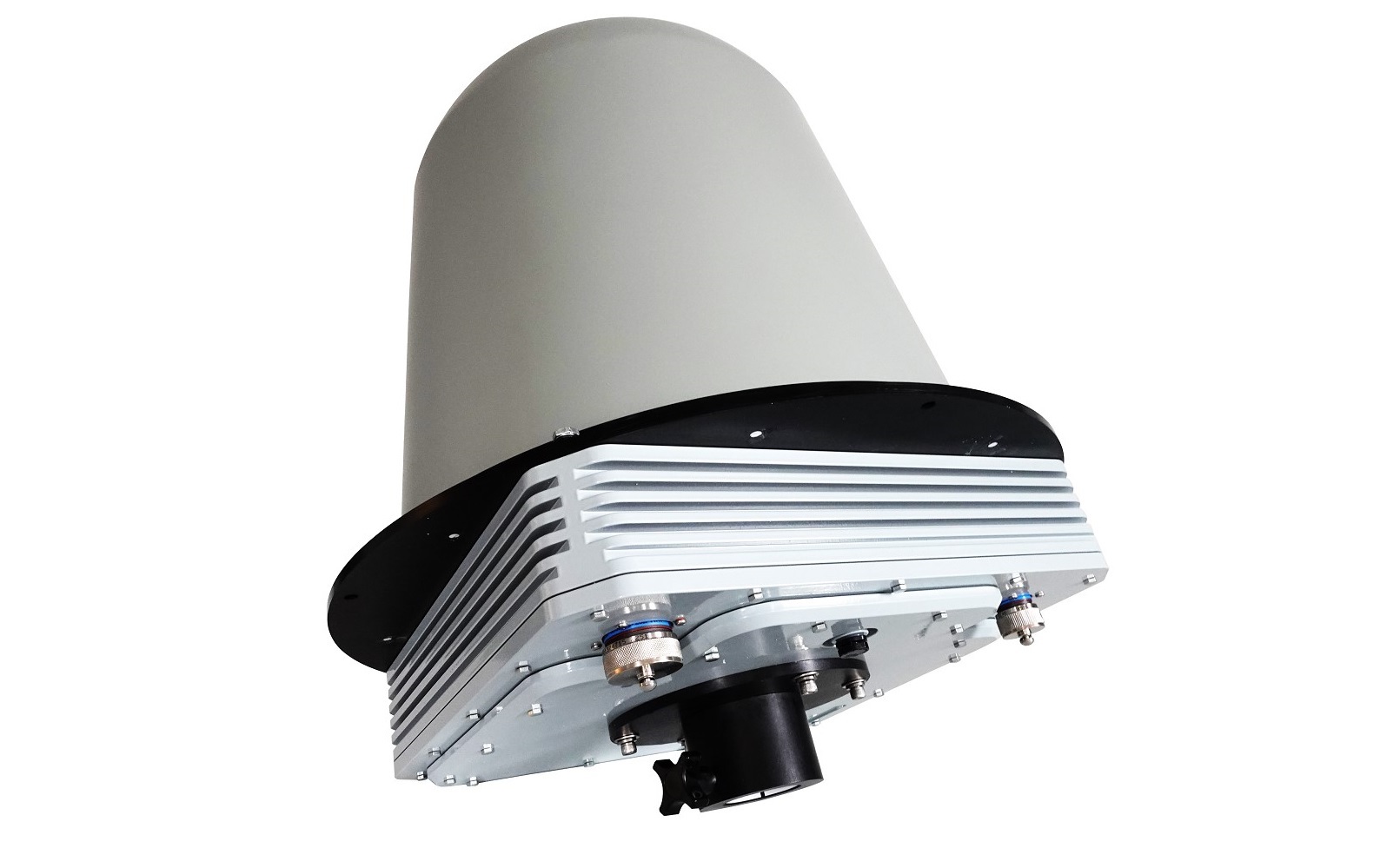BAE Systems to reduce collision risk in UK skies

The Centralised Aviation Data Service (CADS) provides visibility of notified hazards and awareness of the intentions of other CADS users, helping military pilots plan routes through uncontrolled UK airspace.
The system allows pilots to plan night and low altitude flights and is also available to a number of civilian users such as air ambulances.
A total of 31,000 potential flight path clashes were identified by the system during a three month period last year and BAE Systems recently received a contract from the UK Ministry of Defence (MoD) to continue to provide this innovative, secure flight path de-confliction service.
The use of CADS has continued to grow since it first entered service and today it is mandated by the MoD for all military flights below 2,000 feet. The system typically logs around 300 sorties each day and it is frequently used in flights that are well above the MoD’s mandated height threshold.
Adam Morgan, Head of Software and Services, Defence Information, BAE Systems, said: “When the system was first introduced it provided a step change in the way in which pilots assessed hazards and plotted flight paths below 2,000 feet. The CADS system gives pilots fast, accurate information helping to navigate a safer path through the UK’s increasingly congested airspace.
“Through our work to support the Royal Air Force, Army Air Corps and the Fleet Air Arm, we have made further investments in the system.”
The CADS system works by using a series of algorithms to evaluate the path of a pilot’s journey based on the size, weight and speed of their aircraft across a variety of UK regions, aircraft types and air stations via a highly-encrypted secure system.
The CADS system offers pilots a significant improvement on the previous traditional methods of plotting a flight.
Historically, low-flying pilots would communicate via phone, fax or email to check their flight paths against others, or book into the low level flying system via telephone. This innovative new system has been patent protected by BAE Systems in a range of key markets around the world and is patent pending in Europe.














